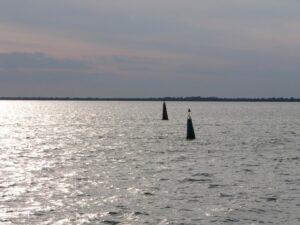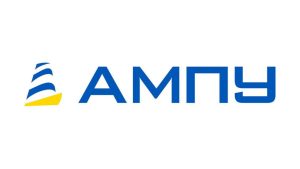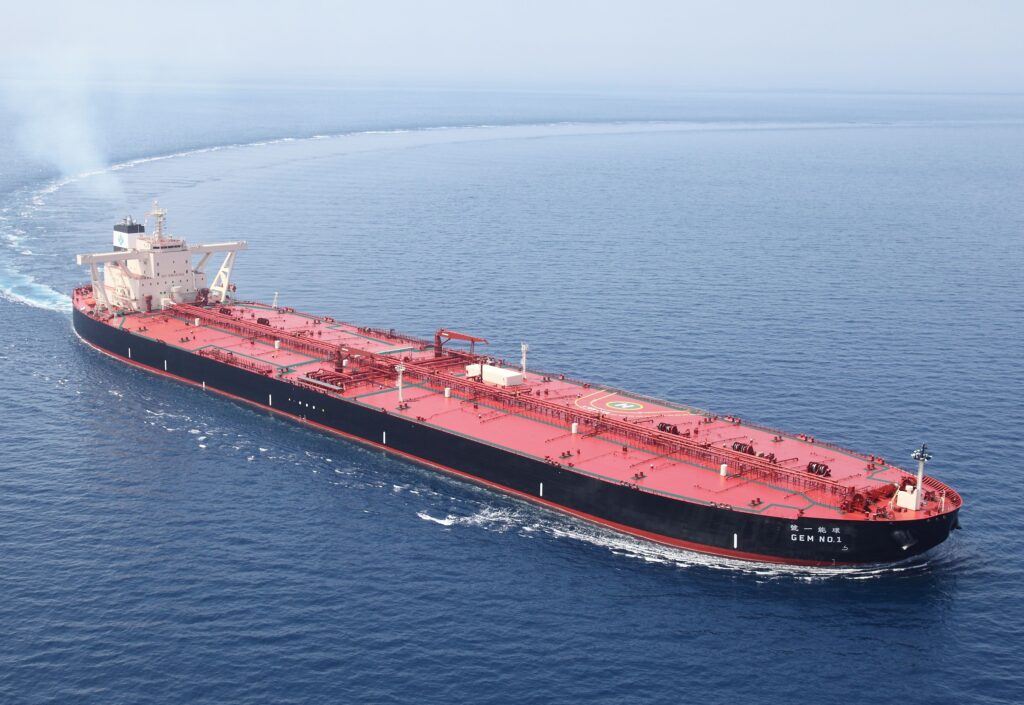“We are betting on increasing the non-self-propelled fleet.” Interview with the head of the UDS Dmytro Moskalenko
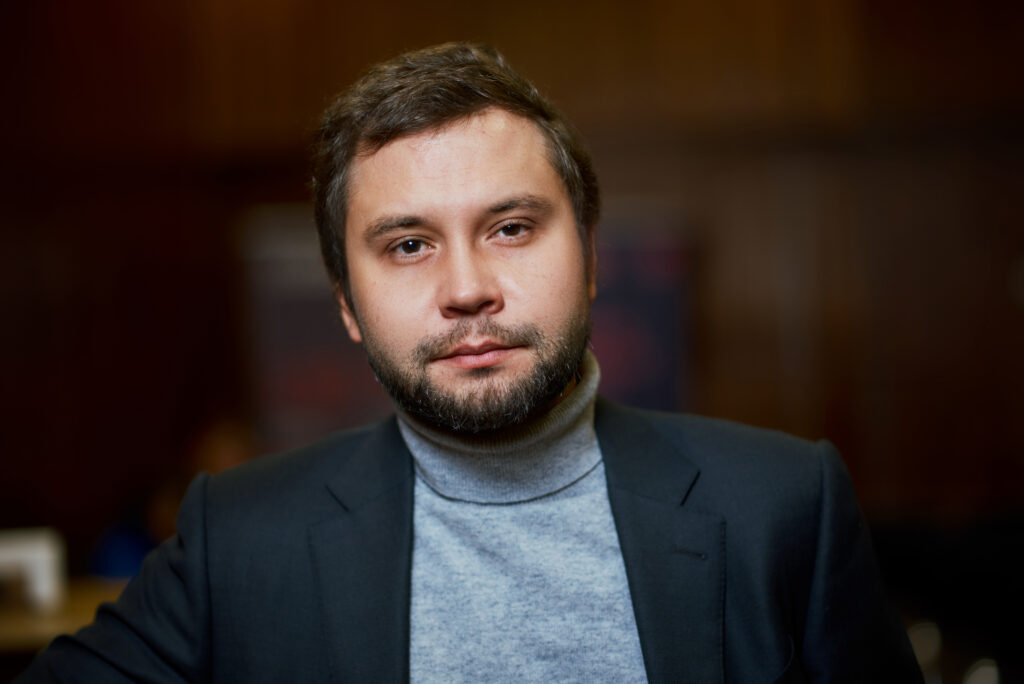
The focus of attention of “Ukrainian Danube Shipping” this year remains the modernization of the fleet, increasing the volume of transportation, as well as cooperation with foreign companies.
Read about the main achievements, changes and plans of the UDS for this year in the USM interview with the head of the UDS Dmytro Moskalenko.
The volume of transportation by the UDS fleet in 2023 amounted to almost 1.8 million tons. What is the forecast for this year? What are your decisions to increase transportation in 2024?
There are many factors that can affect volumes. The situation in the grain market, the energy market, and other markets. Demand for metal products. Climatic factor – everyone remembers how in past years the Danube suffered from record shallow water, which forced navigation to be closed for a long time. Therefore, volumes can fluctuate both in one and the other direction. This is normal.
A more important indicator, in my opinion, is the level of profitability. At one time, UDS carried significantly more than in 2022-2023, but most of the flights were actually unprofitable. Last year, we paid more into the budget than in the entire history of the UDS. This is a real indicator of work efficiency.
If we talk about the medium and long-term perspective, then we aim to increase the transportation of iron ore raw materials to 1.5 million tons, agricultural products to 1.4 million tons, mineral fertilizers, construction materials, metal products to 300-400 thousand tons per year. Given the modernization of our self-propelled fleet, this is quite a real task.
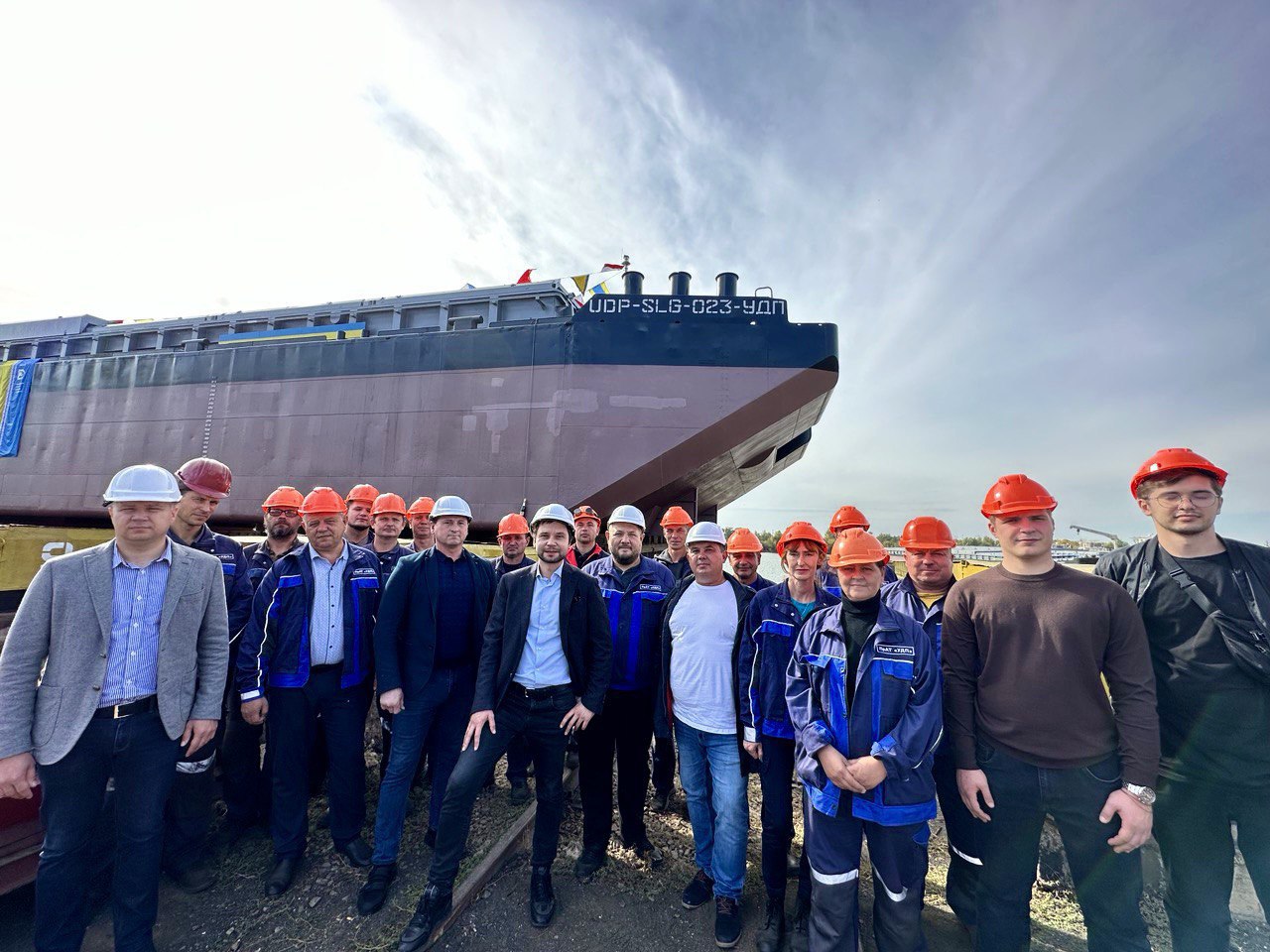
In the results of the year, you noted that the enterprise processed 262,000 tons of cargo. What capacities for transshipment does UDS have and what are the plans for the development of these capacities?
The capacity of our transshipment is 50,000 tons per month. Last fall, we modernized it, the delivery of cargo from cars to the hold of the barge is now fully automated. Two grain storage warehouses have been created, one of which is fully mechanized. A site has been built for the deployment and parking of motor vehicles.
Plans are to create another technological line for simultaneous loading of two barges. Also, the complex should be adapted to work with mineral fertilizers, metal products, and building materials. There are ideas to implement one more project at another location – already for transshipment of oil and petroleum products. But we will start when there is a guarantee of a stable cargo flow, when we have partners who will provide the cargo.
What indicators did the UDS naval fleet achieve in 2023? What are your plans for him this year?
It is too early to talk about indicators. At the end of November, the first restored sea vessel just made its first voyage. The second vessel is undergoing overhaul just this week.
There is some initial success, but there is much to learn. For a long time, the company was not engaged in sea freight, transferring vessels to bareboat charter. If we talk about plans, we will bet on long contracts in sea transportation. As well as in river transportation.
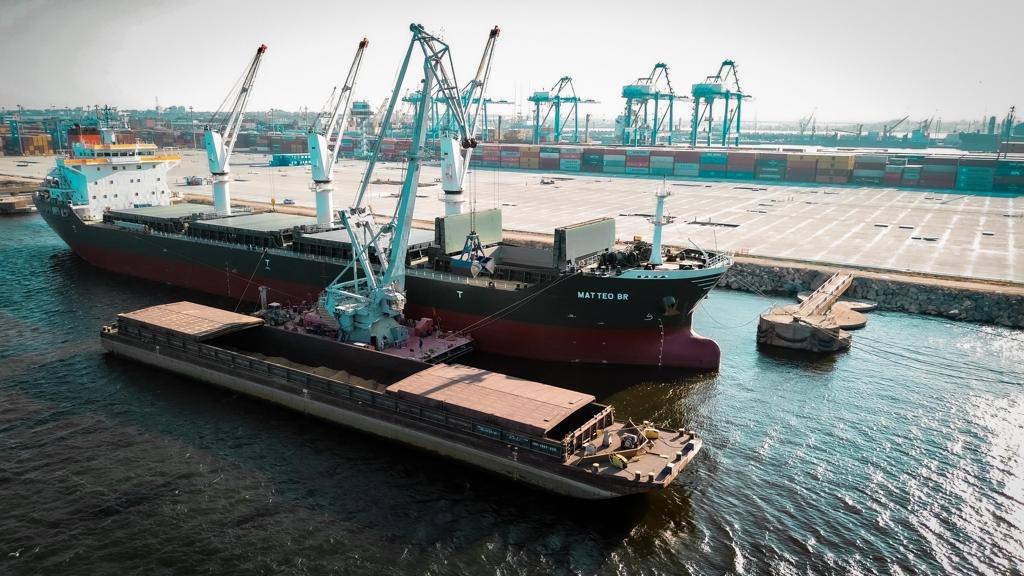
Did the demand for transportation change after the start of the Ukrainian maritime corridor and how did it affect the company’s activities?
Of course, the demand has decreased. For the most part, the flow of grain was reoriented to Odesa ports, but we were preparing for this. We started working with traders who export European grain.
Just this week, our caravans on the Middle Danube will be loaded with grain from European farmers. There is always work on the Danube, there is enough work if you know how to form complex logistics chains.
At the beginning of 2023, the UDS had plans to launch alternative export routes, such as containerized shipments of processed products or niche agricultural crops to Austria and Germany. At what stage is the project now?
If we talk about the Upper Danube (Austria, Germany), then we plan to start work there with an already modernized fleet. Tugs with modern engines use 20-25% less fuel, the crew is smaller, and the risk of breakdown is much lower. This is a significant cost reduction.
With an old fleet, a trip to the Upper Danube can be unprofitable, but with a modernized fleet, the same trip is excellent. I hope that the modernization will start in April. And already in the second half of the year, we will receive new vessels that will be able to work on the Upper Danube with an acceptable level of profitability.
Does UDS plan to continue to restore three thousand tugboats? How many tugs of this type are there in the company now and what are the plans in this direction for 2024?
We have three such vessels, it makes no sense to continue decommissioning other tugs of this type. Thanks to a very large-scale repair program in two years, we have restored a record number of self-propelled fleet. UDS currently has 25 traction units in operation, another 20 in reserve, that is, they are in technically sound condition with documents. One caravan is 5 to 9 barges, so this amount of traction is more than enough to operate 200 barges.
Therefore, this year we are betting on increasing the non-self-propelled fleet – we are building new barges (in January we should launch another SLG barge). We are no longer increasing the amount of traction, but we are thoroughly modernizing what is in operation.
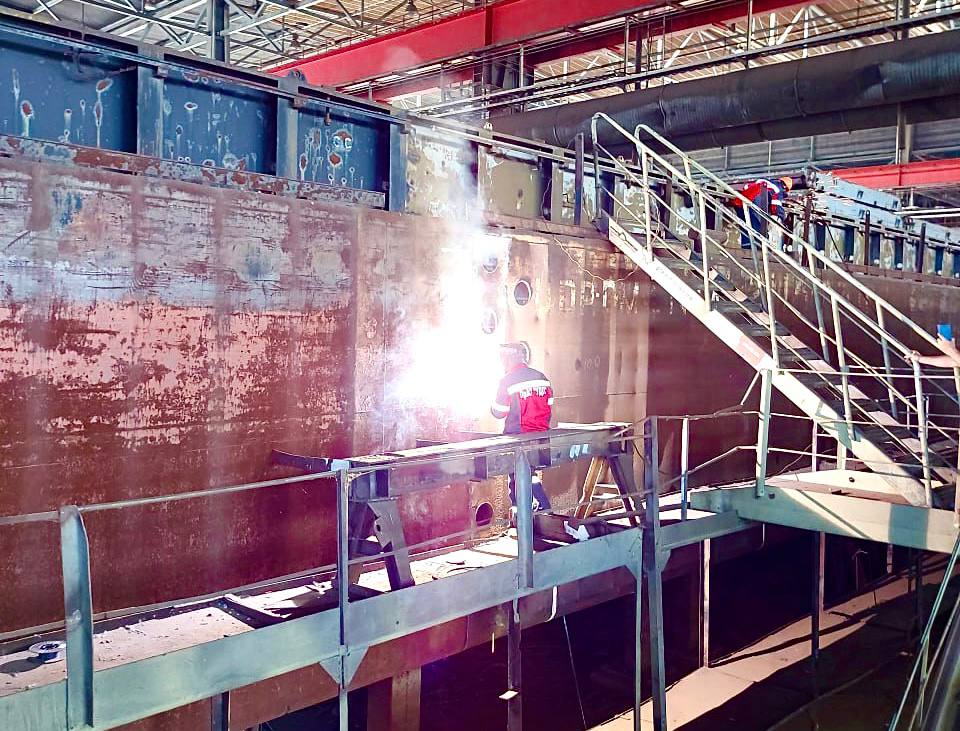
How exactly does the delay in the creation of a raid transshipment for Ukrainian grain in the port of Constanta affect the UDS?
The flow of agricultural goods from Ukraine to Constanta decreased, and this alleviated the acuteness of the problem. But the war continues. Risks remain, so there must be an additional anchorage. An agreement in principle has allegedly been reached, but we are waiting for specific decisions – the operator, conditions, etc.
Earlier you reported that the Austrian ÖSWAG could join the modernization of the company’s fleet. At what stage is the cooperation now?
Currently, ÖSWAG has developed a project, contracts have been signed with ÖSWAG for the modernization of a batch of 5 ships of the same type, engines have been contracted. Preparatory work is already underway at our plant on the first vessel, the start of work on ÖSWAG is scheduled for April.
Most likely, we will modernize vessels of other types at other shipyards. ÖSWAG does not have the capacity to do everything at once. Negotiations with partners on this issue are already ongoing. I don’t want to name them prematurely, but these are companies with a name and a history.
What share of UDS transportation is produced by MMC? Does the company have plans to increase the share of these cargoes?
This year it will be at least 50%. Several large metallurgical plants are located on the Danube, which buy millions of tons of iron ore raw materials every year. But there is a fight among carriers for this volume, so we have to give better conditions and win.
The sooner we have modernized tugs, the more successfully we will be able to compete. Although not everything depends on us, there are also global factors, which we talked about at the beginning. Today, the European economy, especially the construction sector, is not in the best shape due to high interest rates. And this affects the demand for metallurgical products, that is, the production volumes.
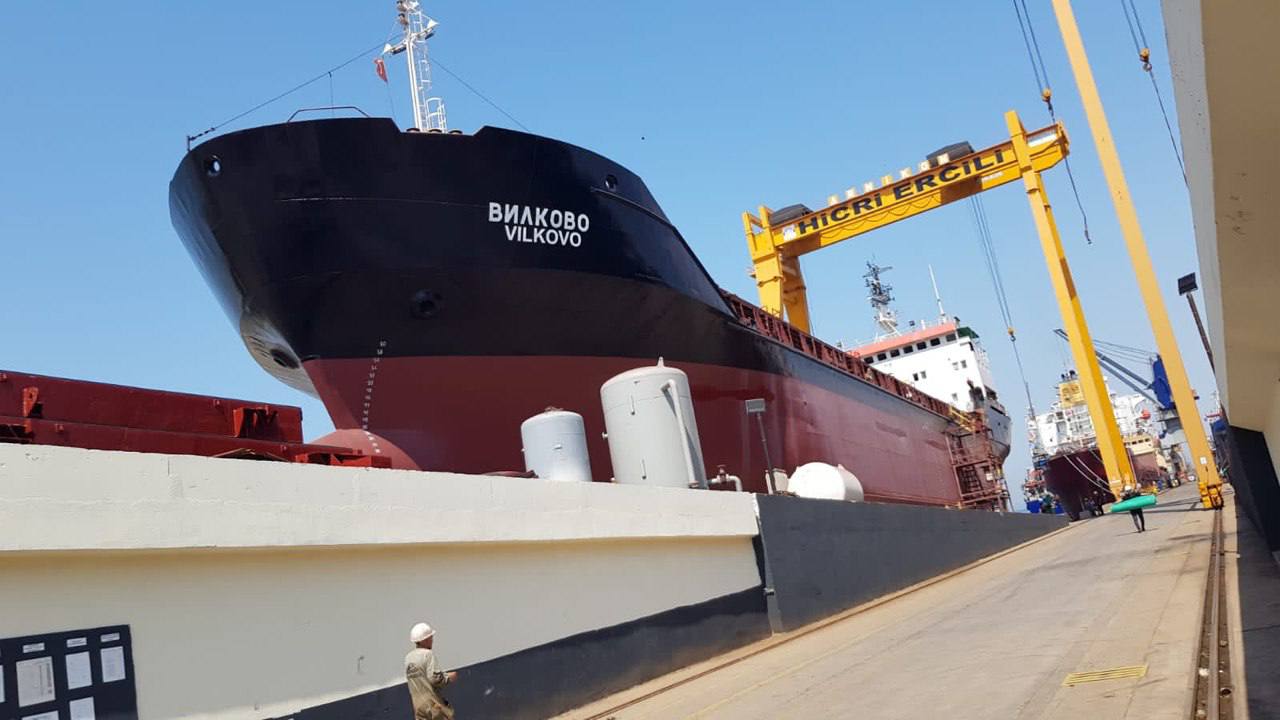
What other investment projects is the company considering for this year?
We have big plans for our production. Now we are forming the concept of its development. For me, ÖSWAG is a very telling example. On the basis of the shipyard, a group of companies emerged, which includes many directions – construction of machines and equipment for various spheres of the economy, metal processing.
We also have huge capacities, communications, infrastructure, on this base you can create a real industrial park. This is probably the second most important investment project after the modernization of the traction fleet.
How did the situation with the delay of UDS vessels by the Russian Gazprom develop?
The ships have long been freed, the problem is solved. The only thing that we have not yet managed to return from the assets of the UDS is the lanterns that were leased by one of the operators of the South port. We are currently working on race options – we need them for the construction of barrages.
Regarding the case with the captain of the ship “Izmail”, who refused to return to Ukraine. Is this the only such case in your practice? And how did this story end?
This whole story is fake. The captain returned to Ukraine, the captain is over 60 years old. He had been on a flight for many months and already wanted to be with his family and rest.
A new team was formed on the ship, because the old one was hired by the tenant. After that, it was necessary to draw up documents, purchase and install equipment so that the dry cargo could be transported to the place of repair. Because the ship was destroyed to such a state that it was not even released from the port – but so far it’s a happy ending, “Izmail” is due for repairs this week.
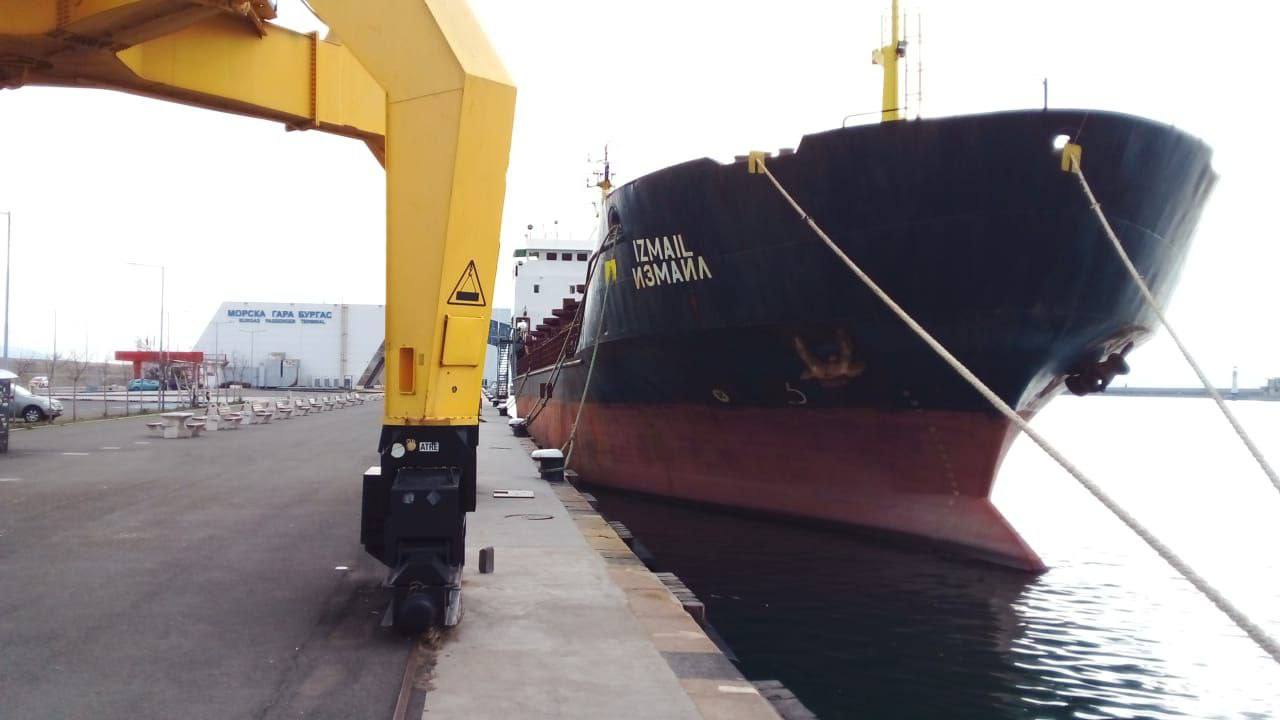
What is the current state of the UDS passenger fleet?
The two oldest vessels are used as floating dormitories for our employees who have moved to work in Izmail and do not have their own accommodation. The other two are in Linz. They are in working condition, but so far we have not received any adequate proposal for their use.
We are not going to rent them out on terms that are unprofitable for us. When everything is earned, and even more, it is spent on maintenance and repairs. There are proposals – make modernization, transfer ships from the budget level to business class – and they will start making money. But this is a theory. Will there really be an economy there is a big question. If there is an investor who is willing to take the risk, I will be in favor with both hands. What is needed is not advice, but concrete proposals.
All photos are provided by UDS.

